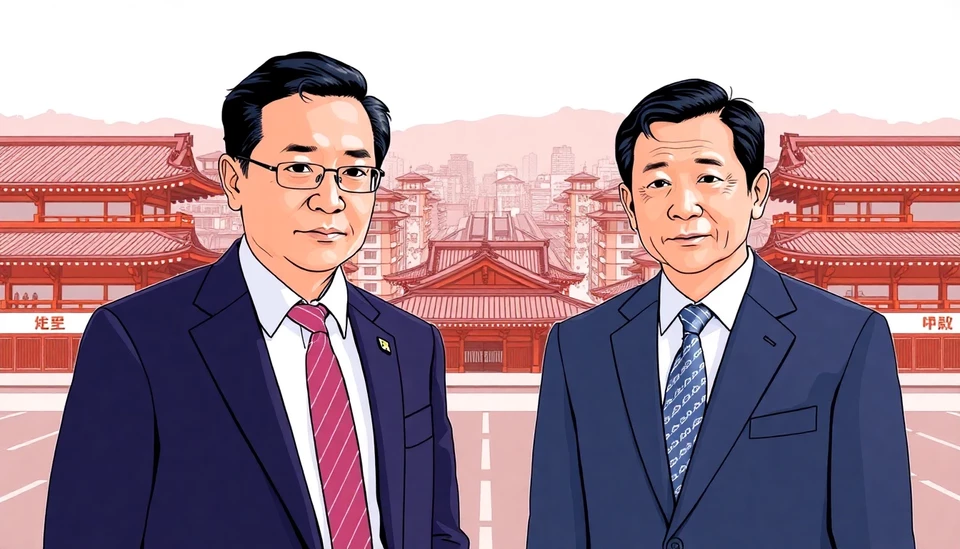
As we step into 2025, the economic discourse surrounding China is more critical than ever. Bloomberg's latest updates reveal compelling insights concerning the nation's gross domestic product (GDP) and various economic indicators that shape its financial landscape. Analysts and economists alike are closely monitoring these shifts to ascertain the broader implications for both local and global economies.
Recent data suggests a mixed bag of outcomes within China's GDP, posing significant questions about the trajectory of its economic recovery and sustainability. Analysts are particularly intrigued by the underlying factors contributing to these fluctuations. With year-over-year growth rates being analyzed, the vitality of China’s economic rebound continues to stir debates.
One major highlight from the latest reports is the noticeable deceleration in growth rates. This slowdown seems to reflect various internal challenges, including consumer spending patterns and business investment declines. Chinese authorities, while acknowledging these economic headwinds, have also emphasized their commitment to safeguarding economic stability through a series of strategic measures aimed at enhancing resilience and growth.
In recent weeks, the Chinese government has unveiled initiatives designed to stimulate domestic demand and foster business productivity. This includes easing financial restrictions, increasing public spending, and supporting technological advancements. However, there remains a palpable concern that external factors—such as supply chain disruptions and international trade tensions—may continue to exacerbate the situation. Analysts predict that the interplay of these domestic initiatives and global economic conditions will ultimately dictate the pace of recovery.
Furthermore, sectors such as manufacturing and technology are under intense scrutiny as they represent crucial pillars of China’s economy. The manufacturing sector, while historically a powerhouse, is now facing challenges from rising labor costs and foreign competition. Meanwhile, the technology sector, despite its rapid growth, grapples with regulatory pressures and geopolitical dynamics that could hinder future innovation and expansion.
Investors are urged to keep a close eye on China’s economic indicators, including consumer confidence indexes, manufacturing PMI (Purchasing Managers' Index), and export figures, which are crucial for understanding the broader economic picture. With experts projecting a cautious outlook for the forthcoming months, China's economic recovery is poised to be a defining element in global economics.
As the landscape continues to evolve, businesses and policymakers must adapt to these changes, ensuring that they remain competitive in an ever-shifting world economy. The international community is likely to be affected by these developments, making it all the more important for stakeholders to stay informed and agile in response to China's economic rhythms.
In conclusion, as China maneuvers through this complex economic terrain, its approach to managing growth and stability will undoubtedly influence not only its future but also the dynamics of the global economy as we know it.
<>#> #ChinaEconomy #GDP #EconomicIndicators #GlobalTrade #Manufacturing #TechnologyTrends #EconomicRecovery #<
Author: Rachel Greene




